Procedures
Procedures
At Dr. Green Bariatric Surgery, weight loss surgery is an operation that is performed in order to help people with extreme and excessive obesity. Evidence suggests that bariatric surgery may lower death rates for patients with severe obesity, especially when coupled with healthy eating and lifestyle changes after surgery. These are the procedures we offer:
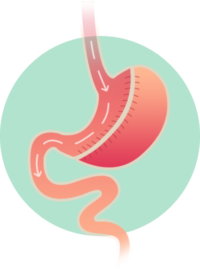
Gastric Sleeve
Reduce the size of your stomach to limit food intake and lessen the sensation of hunger.
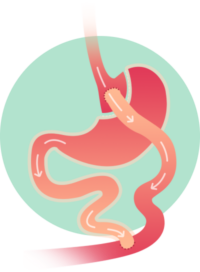
Gastric Bypass
Lose weight and significantly improve your health whit this food restriction and malabsorption surgical procedure.
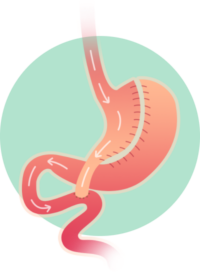
Mini Bypass Surgery
Your stomach will be divided into upper and lower pouches and your small intestine will be rerouted.

Revision Surgery
A Revision Surgery is a procedure performed on a patient to correct or modify a previous bariatric surgery for several rasons.
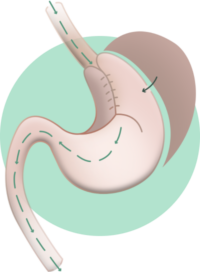
Anti Reflux Surgery
Hiatal hernia repair. It is performed on patients who have GERD, it is of the utmost importance when weight loss surgery it is carried out, implies the repair of defects in the diaphragm that abnormally allows food and gastric acid flow back into the esophagus. The quality of life improves significantly when you eliminate gastric reflux.
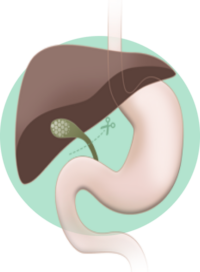
Gallbladder Removal
If you are going under weight loss surgery, you must know that you have a 50% chance that in the process of slimming you, there is a significant chance to develop gall stones, so it is not a bad idea to contemplate removing it prophylactically during your weight loss surgery, otherwise a return to the operating room later for cholecystectomy might be needed.

Single Incision Laparoscopic Surgery (SILS)
In this kind of surgery, the procedure is performed through a single incision* hidden in the belly button through where special instruments are introduced to the abdominal cavity that allows to perform operations such as gastric sleeve, cholecystectomy, appendectomy, biopsies, tubal ligation, etc., with the same advantages of rapid recovery because it is also a minimally invasive surgery.
At Dr. Green Bariatric Surgery, weight loss surgery is an operation that is performed in order to help people with extreme and excessive obesity. Evidence suggests that bariatric surgery may lower death rates for patients with severe obesity, especially when coupled with healthy eating and lifestyle changes after surgery. These are the procedures we offer:

Gastric Sleeve
Reduce the size of your stomach to limit food intake and lessen the sensation of hunger.

Gastric Bypass
Lose weight and significantly improve your health whit this food restriction and malabsorption surgical procedure.

Mini Bypass Surgery
Your stomach will be divided into upper and lower pouches and your small intestine will be rerouted.

Revision Surgery
A Revision Surgery is a procedure performed on a patient to correct or modify a previous bariatric surgery for several rasons.

Anti Reflux Surgery
Hiatal hernia repair. It is performed on patients who have GERD, it is of the utmost importance when weight loss surgery it is carried out, implies the repair of defects in the diaphragm that abnormally allows food and gastric acid flow back into the esophagus. The quality of life improves significantly when you eliminate gastric reflux.

Gallbladder Removal
If you are going under weight loss surgery, you must know that you have a 50% chance that in the process of slimming you, there is a significant chance to develop gall stones, so it is not a bad idea to contemplate removing it prophylactically during your weight loss surgery, otherwise a return to the operating room later for cholecystectomy might be needed.

Single Incision Laparoscopic Surgery (SILS)
In this kind of surgery, the procedure is performed through a single incision* hidden in the belly button through where special instruments are introduced to the abdominal cavity that allows to perform operations such as gastric sleeve, cholecystectomy, appendectomy, biopsies, tubal ligation, etc., with the same advantages of rapid recovery because it is also a minimally invasive surgery.


Weight Loss Surgery in Tijuana, Mexico
We work through Renew Bariatric for patients located outside of Mexico
Are you a candidate for bariatric surgery?
To find out if you are a candidate for bariatric surgery, fill out this form and we will contact you as soon as possible
